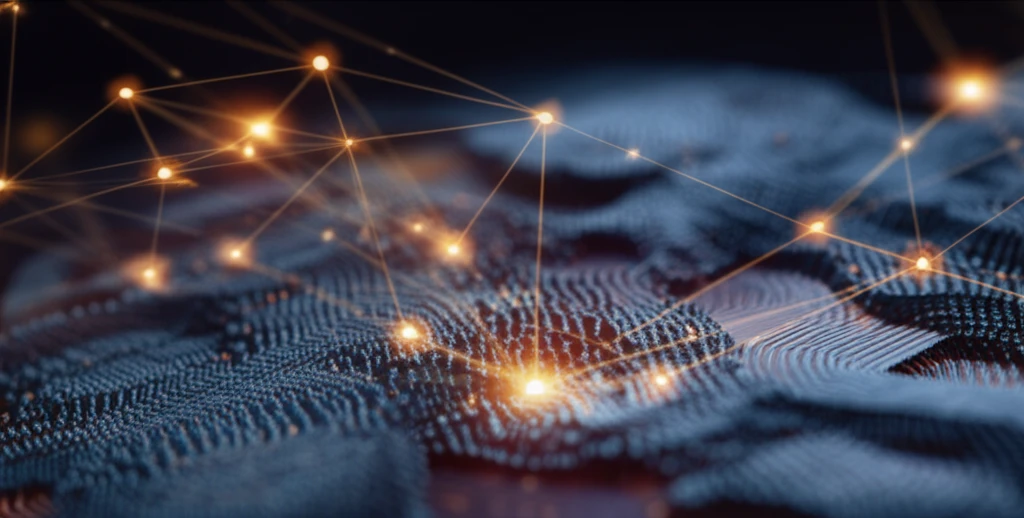
Decoding Material Design: How AI is Revolutionizing Microstructure Reconstruction
"Unlock the potential of new materials with AI: A game-changing approach to predicting material properties and revolutionizing materials discovery."
The world of materials science is undergoing a significant transformation, driven by the power of materials informatics and, specifically, the rise of AI. At the heart of this revolution is the challenge of stochastic microstructure reconstruction – essentially, creating digital twins of materials that accurately reflect their internal structure and behavior. Recent advancements promise to bridge the gap between material design and real-world performance.
Traditionally, characterizing and reconstructing material microstructures has been a complex, system-specific process. Now, a new study introduces a groundbreaking transfer learning approach that leverages deep convolutional networks to overcome these limitations. This innovative method allows scientists to accurately reconstruct and predict the properties of various materials, regardless of their specific composition or characteristics.
This article delves into this exciting development, explaining how this AI-driven approach works, what makes it so powerful, and what its implications are for the future of materials science and engineering. Whether you're a seasoned researcher, an engineer, or simply curious about the cutting edge of materials discovery, read on to learn how AI is poised to revolutionize the way we design and utilize materials.
Transfer Learning: A Universal Approach to Microstructure Reconstruction

The core challenge in materials science is that each material system often requires its own unique methods for microstructure reconstruction and property prediction. Existing techniques often fall into categories like statistical modeling, visual feature analysis, or deep learning – but each has its limitations. Statistical models can be too simplistic, visual features may lack crucial information, and traditional deep learning models are often confined to specific material types.
- Encoding and Decoding: The system converts the input microstructure into a 3-channel representation compatible with the deep learning network, then decodes the network's output back into a usable microstructure image.
- Gradient-Based Reconstruction: A gradient-based optimization process refines the reconstructed microstructure by minimizing the statistical difference (Gram-matrix) between it and the original.
- Model Pruning: To improve computational efficiency, the deep convolutional network is strategically "pruned" by removing less critical layers, optimizing the balance between accuracy and processing power.
The Future of Materials Design: Faster, Smarter, and More Efficient
The implications of this research are far-reaching. By providing a universal approach to microstructure reconstruction and property prediction, this transfer learning method promises to significantly accelerate the pace of materials discovery. Researchers can now explore a wider range of material candidates, optimize their microstructures for desired properties, and ultimately design better materials for a variety of applications.
The study also sheds light on the inner workings of deep convolutional networks, revealing the relationship between network layers and microstructure features. This knowledge can be used to develop more efficient and targeted AI models for materials science, further reducing computational costs and improving accuracy.
While challenges remain – such as extending this approach to deterministic microstructures and 3D representations – this research represents a major step forward in the quest for AI-driven materials discovery. As AI continues to evolve, we can expect even more groundbreaking innovations that will transform the way we design, manufacture, and utilize materials in the years to come.
